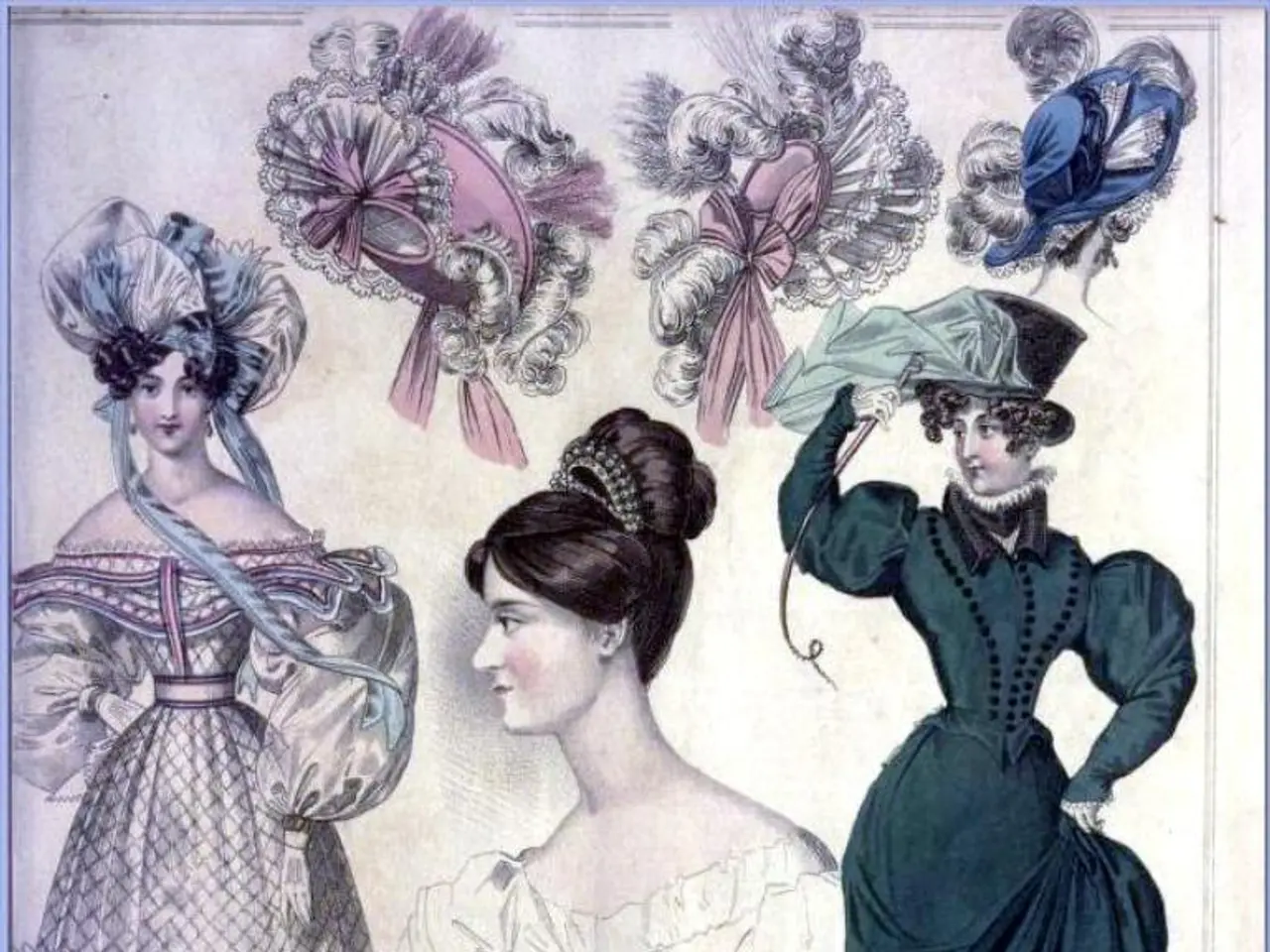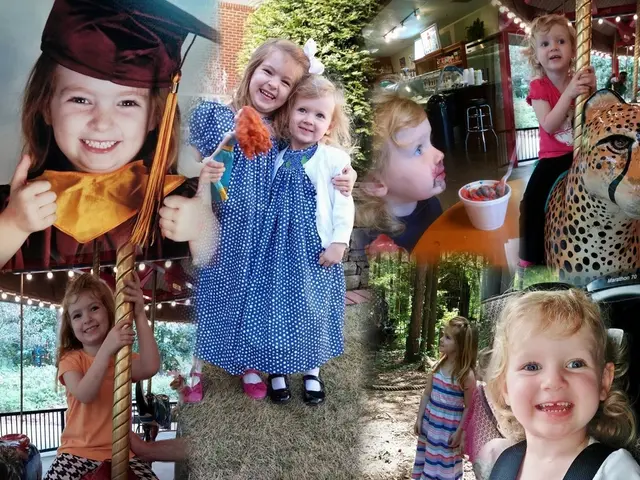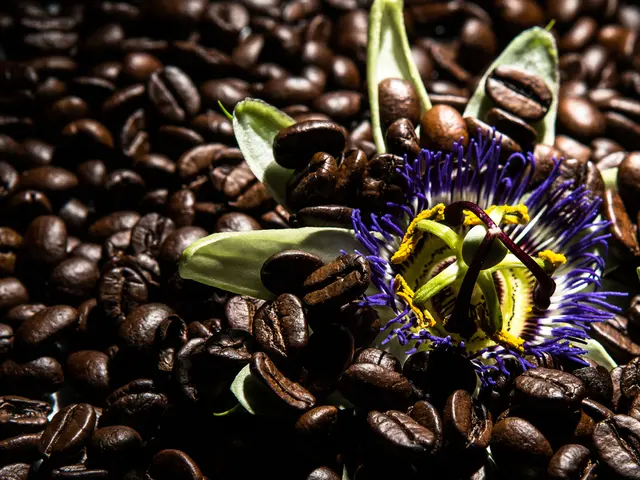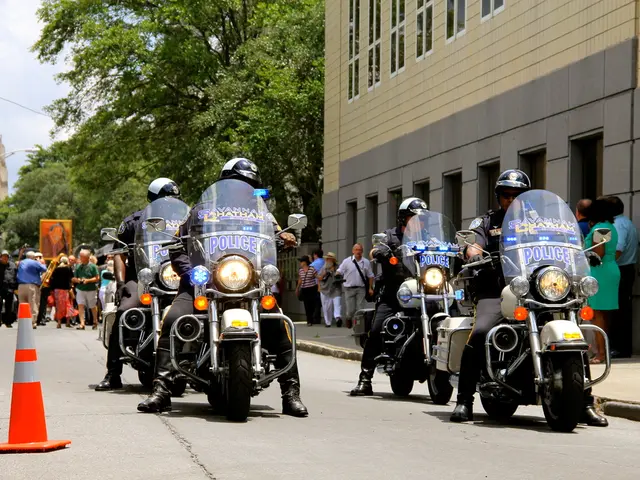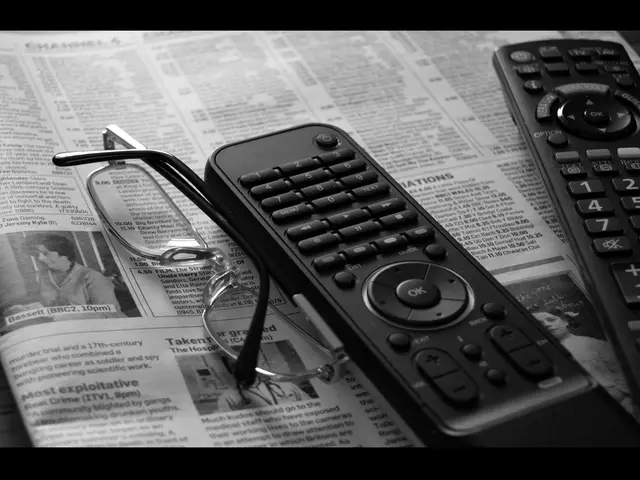Women Artists in the Age of the Renaissance
==============================================================================
The Renaissance, a period rich with culture and creativity, is often associated with the works of great male artists like Michelangelo, Leonardo da Vinci, and Caravaggio. However, the contributions of women during this era, often undervalued and limited to certain roles, have recently gained recognition for enriching our understanding of this period.
One such artist is Lavinia Fontana, hailed as the first professional woman artist of the Renaissance. Despite giving birth to 11 children, Fontana continued to produce masterpieces, her detailed work chronicling textiles and jewellery worn by her companions making her a valuable resource for fashion historians. Her portraits, capturing tradition and culture, serve to authenticate history. Fontana even claimed the title of being the first to paint nudes.
Another notable figure is Artemisia Gentileschi, an anomaly as one of the only widely recognised female artists of her time. Born in 1593, Gentileschi worked across Europe, from portraiture for the king of Spain to painting biblical stories in Rome. Her painting of the Biblical story 'Jael and Sisera' empowers women by putting both Jael and Sisera on the same plane, each equally important. This unique perspective, rooted in her understanding of the female experience, is evident in her depiction of "Susanna and the Elders."
Gentileschi's work is the subject of countless essays dedicated to the intricacies of her art. Despite facing adversity, including a rape by fellow painter Agostino Tassi in 1611, the court trial of which lasted a year, Gentileschi's art continues to be regarded as a testament to her resilience and talent.
Sofonisba Anguissola, renowned for her refined portraits, is often mentioned alongside Fontana for her detailed work during the late Renaissance. Meanwhile, Plautilla Nelli, a self-taught nun and painter, is recognised for her religious works in Florence during the Renaissance.
In the realm of music, women such as Maddalena Casulana, the first female composer to have her work printed and published in Western music history, and Caterina Assandra, a Benedictine nun and organist known for her motets and organ compositions, also made significant strides.
Fede Galizia, a name that deserves credit for her efforts in normalising the female figure in art during the Renaissance, began taking commissions at the age of 17. Her works, technical and visual wonders, almost perfectly mimicking real life, have come to be recognised for their naturalism and technique in the modern day. Galizia is also recognised for her pioneering work in the genre of still-lifes depicting fruits.
These female artists and composers were remarkable for overcoming the significant gender barriers of their time in the male-dominated fields of visual arts and music. Their contributions serve as a testament to their talent and resilience, enriching our understanding of the Renaissance beyond the most famous male figures.
Photography, during modern times, continues to preserve the rich heritage and culture of the Renaissance period, as it captures theHOME-AND-GARDEN settings of historical homes and buildings, allowing us to witness the nostalgic lifestyle of those times.
Moreover, the works of these trailblazing female artists such as Fontana, Gentileschi, Anguissola, and Galizia, whose contributions have significantly enriched our understanding of the Renaissance era, present excellent opportunities for further study through the lens of HOME-AND-GARDEN interior pictures or lifestyle photography, offering a unique perspective on their lives and art.
